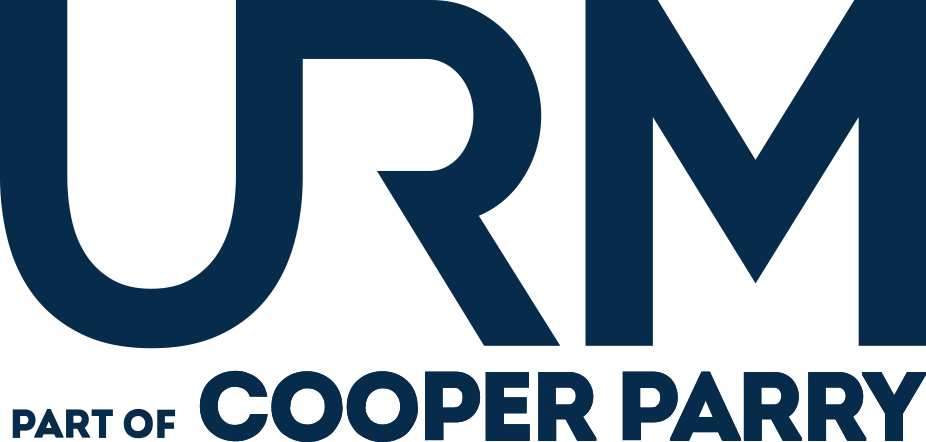In order to meet the requirements of ‘Asset management’ A.8 from Annex A of ISO 27001, it is necessary to identify organisational assets and define appropriate protection responsibilities, as well as ensuring that information receives an appropriate level of protection in accordance with its importance to the organisation.
Establishing Asset Registers
When compiling your asset registers or inventories, it is recommended that you record the following information for each information asset:
- Asset type
- Asset owner
- Asset classification
- Asset location
- Asset impact levels in relation to confidentiality, integrity and availability
Establishing Asset Types
URM suggests the following basic segregation of assets:
- Information assets
- Supporting assets
– hardware
– software
– people
– buildings - Intangible assets (e.g., brand and reputation).
Identifying Asset Owners
In the process of identifying asset owners, it is important to identify a functional role that has oversight of specific types of assets.
Asset owners are responsible for:
- Identifying risks to the asset type
- Providing guidance and instructions on how the asset should be used.
- Identifying levels of protection required depending on the asset classification.
- Implementing and verifying the effectiveness of security controls in respect of that asset type.
Assigning Asset Classifications
Depending on the organisational structure, it would typically be the asset owner who would decide asset classification. The classification must be approved by top management and the criteria for protection of assets must be in line with their criticality.
Assigning Impact Levels
As with classification, impact levels need to be assigned by the asset owner. Determining the impact levels of assets can be relatively complex, but in essence, the impact level will be inherited by the information contained on or within the asset.
URM can help you achieve ISO 27001 certification
Unsure whether your ICT risk framework meets DORA standards? Our experts will carry out a detailed gap analysis and provide clear, prioritised steps to help you achieve full compliance.
Our consultants will evaluate your organisation against DORA’s core requirements. Gain practical insights to strengthen your digital resilience and meet regulatory expectations.

URM’s blog discusses everything you need to know about the CISMP, including its benefits, who it’s suited to, the topics the CISMP covers, and more.

There are many good reasons to implement an information security management system (ISMS) and get it certified to ISO 27001.

URM’s blog discusses how to develop and implement an information security policy that fully conforms to both your organisation’s and ISO 27001 requirements.


